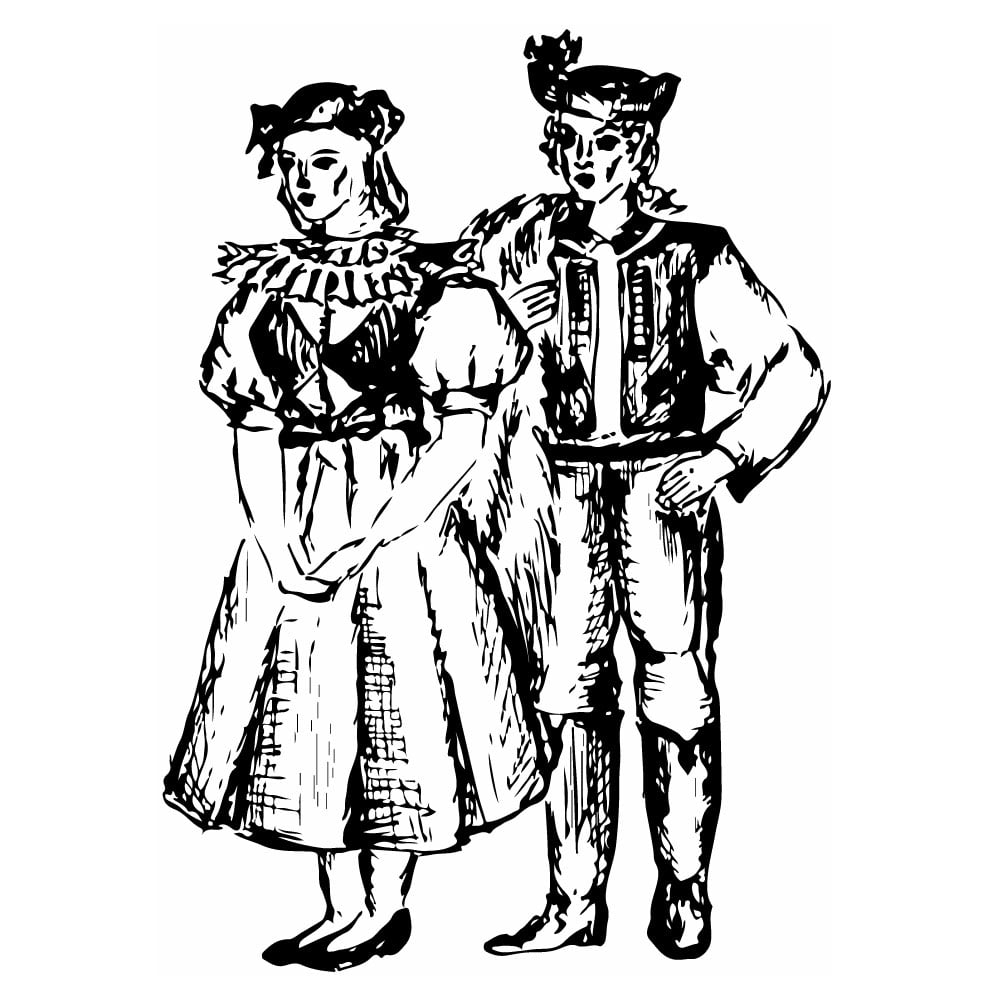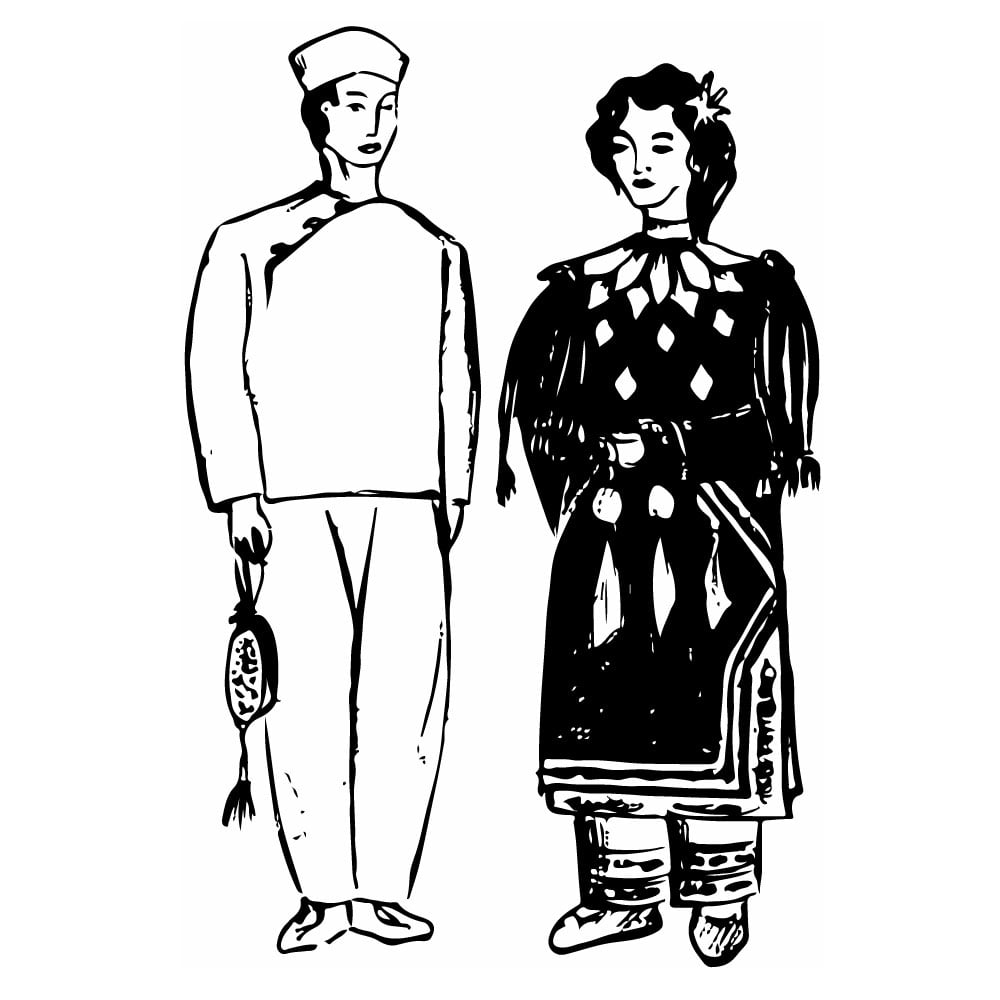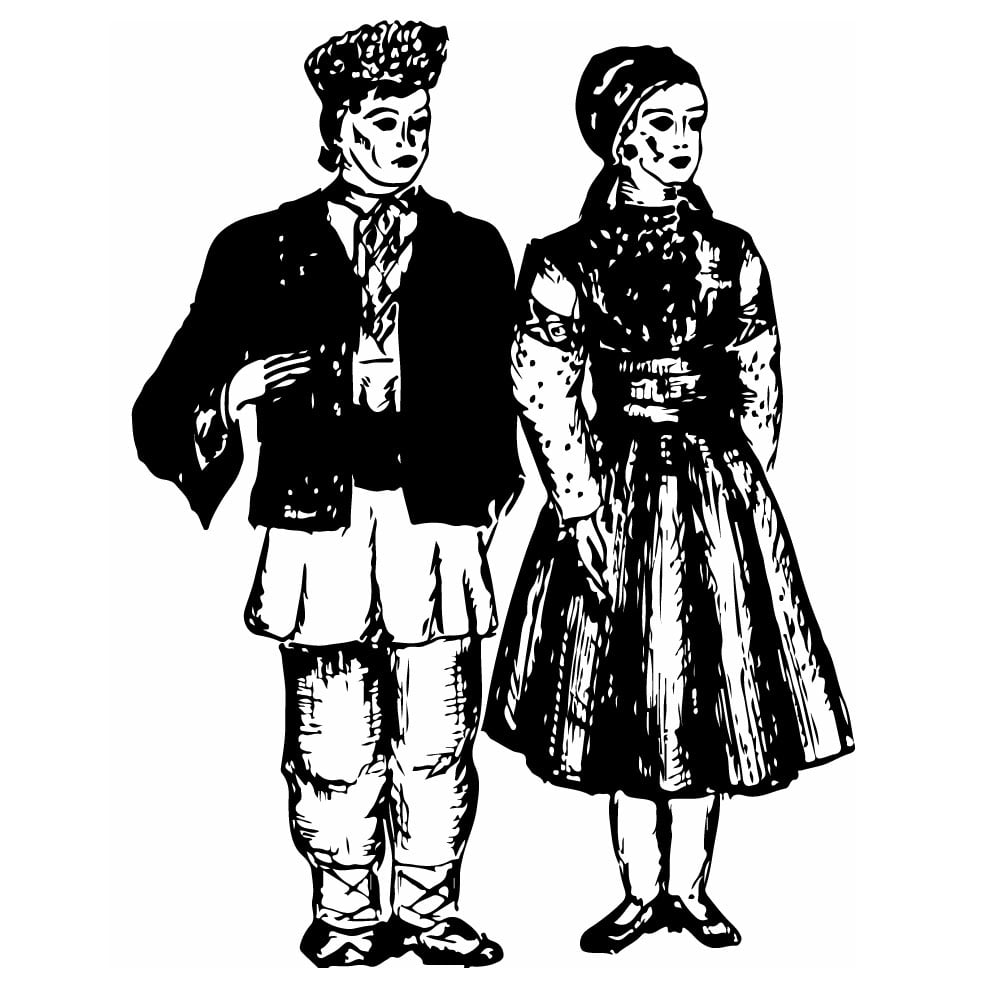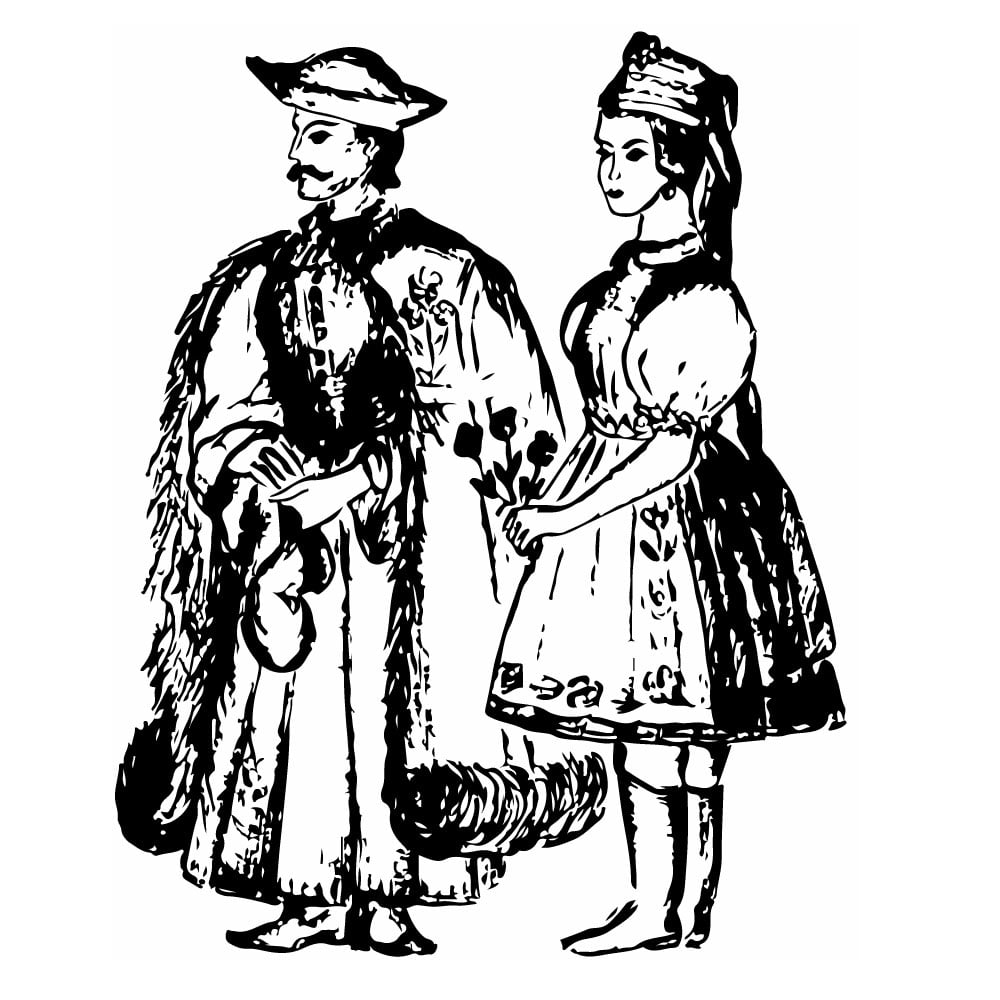Germans
| Population | 2,039,000 |
| Language group | German group of Indo-European language family |
| Language | German |
| Region | Russia (Volga Territories, the Altai), Kazakhstan, Kyrgyzstan |
| Religion | Christianity (Lutheran) |
*Population estimates for 1994
The Germans (self-designated as Deutsche) are the native population of Germany. The Germans of CIS are a national group which was divided into some subethnic groups, whose ancestors were from the different lands of Germany. They live in Kazakhstan (958,000), Russia (842,000), mainly in the Altai and Western Siberia, Kyrgyzstan (101,000), smaller group in Uzbekistan, Tajikistan, Ukraine, etc.
They keep their self-designation and sometimes use their old ethnonyms (the Shwabs, the Tsipsers). Almost one half of the Germans live in cities, only in some regions of Kazakhstan and Kyrgyzstan do German country population insignificantly prevail.
Only folklore groups keep their traditional dress. There are some peculiarities in the home interior, which includes their traditional rugs, featherbeds, etc. Their meals include plenty of farinaceous food (noodles, klotskas, etc.), pastries, and famous homemade sausages.
Germans preserved and continue to develop their folklore (folk tales, shwanks, etc.). As far as folk songs are concerned, they are combination of German text and Russian or Ukrainian melody.
More than 20,000 Lutherans migrated in the eighteenth century. Among them there were many craftsmen, military specialists, merchants, and physicians. A great number of German immigrants appeared in Russia during the second half of the eighteenth century and the first half of the fourteenth century. They are known under the name of “colonists.” One of the main reasons of their migrations was religious persecution. At the beginning of the twentieth century there were about 200 Lutheran churches in Russia, they united more than 1,100,000 community members. At the beginning of 1930 there were none left. From 1941 until 1955, the German believers had no churches or religious books. Therefore, the books were rewritten from memory. The divine services took place in very limited circles, often within one family.
According to the data of modern sociologists, 600,000 from more than 2,000,000 of adult German population of CIS are believers.
Germans in the CIS had kept a dynamic feature of any national group stereotype of their behavior. One can follow it in the German attitude of work to the mode of life, in social behavior (the lowest percentage of criminal offenses in the USSR), and in their high morals.
This is Ad 1





























